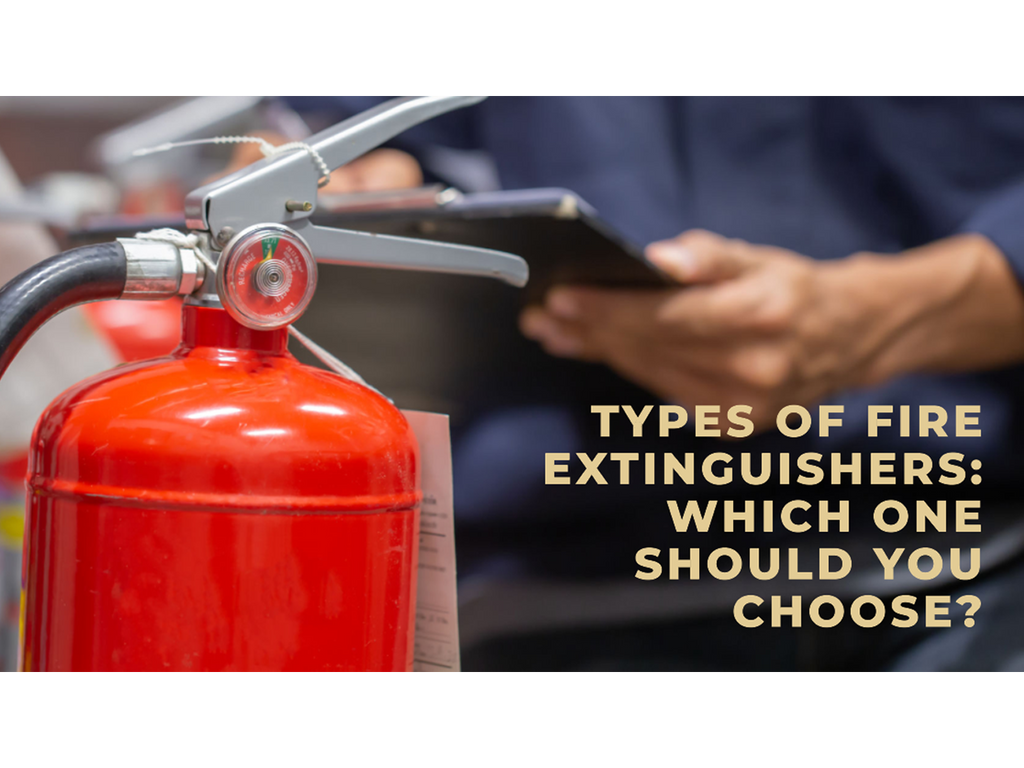
Fire Safety Essentials: Choose and Use a Fire Extinguisher
Understanding the Importance of Fire Extinguishers
Fire extinguishers are crucial tools for preventing small fires from escalating into major disasters. Understanding their importance and learning how to choose and use a fire extinguisher can empower individuals to take swift and effective action in the event of a fire emergency.
Types of Fire Extinguishers
Not all fires are the same, and using the wrong type of extinguisher can be ineffective or even dangerous. There are several classes of fire, each requiring a specific type of extinguisher. Class A extinguishers are suitable for ordinary combustibles like wood and paper, while Class B is for flammable liquids. Class C is for electrical fires, and Class K is designed for kitchen fires involving oils and fats. Familiarize yourself with these classes to ensure you have the right extinguisher for potential scenarios.
Choosing the Right Fire Extinguisher
Selecting the right fire extinguisher involves considering the specific fire risks in your environment. For a home, a multi-purpose ABC extinguisher is often suitable as it covers a range of fire types. In industrial or commercial settings, the selection may be more specialized based on the materials and equipment present. Check the label on the extinguisher to confirm its classification and suitability for your needs.
Understanding Extinguisher Components
A standard fire extinguisher consists of several components, each serving a specific purpose. The canister holds the extinguishing agent, which is released through a nozzle or hose when the extinguisher is activated. The pressure gauge indicates the pressure level of the extinguisher, ensuring it is ready for use. Familiarize yourself with these components to use the extinguisher effectively.
Learning the PASS Technique
Using a fire extinguisher requires more than simply pointing and spraying. The PASS technique is a helpful acronym to remember the correct steps: Pull, Aim, Squeeze, and Sweep. Start by pulling the pin to unlock the extinguisher, aim the nozzle at the base of the fire, squeeze the handle to release the extinguishing agent, and sweep from side to side to cover the fire area. Practicing the PASS technique in a controlled environment enhances preparedness.
Proper Placement and Accessibility
Fire extinguishers should be strategically placed in locations where fires are most likely to occur and easily accessible in case of an emergency. Common locations include kitchens, garages, workshops, and near exit points. Ensure that extinguishers are not blocked by obstacles and that their location is clearly marked. Regularly inspect extinguishers for visibility and accessibility.
Regular Maintenance Checks
Fire extinguishers require periodic maintenance checks to ensure their reliability. Perform visual inspections monthly, checking for visible damage, corrosion, or leakage. Verify that the pressure gauge is in the green zone, indicating that the extinguisher is pressurized and ready for use. Professional inspections, typically conducted annually, involve a more thorough examination and testing.
Training and Familiarization
Knowing how to use a fire extinguisher is essential, and training can make a significant difference during an emergency. Conduct regular fire drills, and provide training on the types of fires and the proper use of extinguishers. Ensure that everyone in the household or workplace is familiar with the location and operation of extinguishers.
When Not to Use a Fire Extinguisher
While fire extinguishers are valuable tools, there are situations where attempting to use one is not advisable. If the fire is spreading rapidly, the area is filled with smoke, or if the extinguisher’s efficacy is uncertain, evacuate immediately and call emergency services. Safety should always be the top priority, and attempting to extinguish a large or out-of-control fire can pose significant risks.
Staying Informed on Fire Safety Measures
In addition to knowing how to choose and use a fire extinguisher, staying informed about other fire safety measures is crucial. Install and regularly test smoke detectors, establish evacuation plans, and ensure that everyone in the household or workplace understands emergency procedures. A comprehensive approach to fire safety enhances overall preparedness.
Choosing and using a fire extinguisher is a critical skill that can save lives and property. Regular training, proper maintenance, and awareness of fire risks contribute to a safer environment. By taking proactive steps and being prepared, individuals can play a significant role in fire prevention and emergency response.
